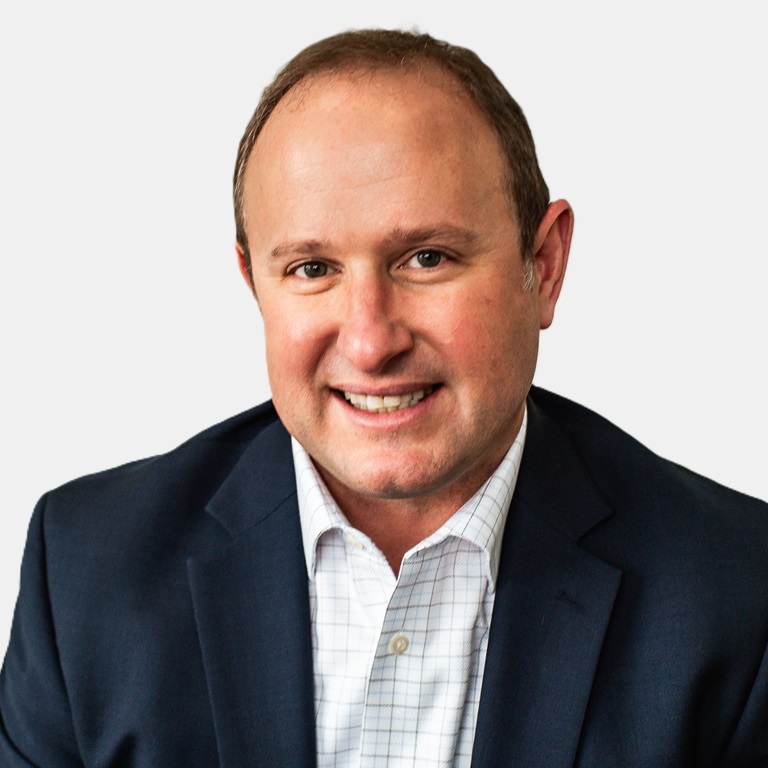
Eddie Albers
Managing Director, Industry Leader – U.S. Life Sciences Practice, Marsh
For some gene and cell therapies (GCTs), the cost of a single treatment can top $4 million, (excluding hospital and other fees). At the same time, GCTs may offer potentially life-altering, even life-saving, treatments — if patients and payers can afford them.
When a therapy commands such a steep price, patients and payers want as much assurance as possible that the treatment will work. Yet, as with many medical treatments, not every GCT will yield a successful clinical outcome every time.
In those cases of clinical inefficacy, drug warranties are emerging as a potential solution for the financial risk. Oliver Wyman Actuarial and Octaviant Financial examined some of the financial implications of GCTs among various payers under a drug warranty model.
Their findings have significant implications for patients, payers (particularly smaller ones), and pharmaceutical manufacturers, who are eager to help reduce barriers to patient access, differentiate their brands, and accelerate treatment adoption.
This is the fourth in our series of articles exploring the use of warranties in a pharmaceutical environment, aimed at addressing drug manufacturers’ challenges, educating patients and end payers, and expanding awareness about the value of warranty programs to the wider healthcare system.
One of the key findings from the study was that payer size matters when it comes to high-cost GCTs.
The analysis* found that smaller payers tend to have less predictable financial outcomes — meaning that total healthcare plan costs can vary tremendously if just one beneficiary requires significantly expensive care. While smaller plans face proportionally greater volatility and uncertainty in cost outcomes, health plans with larger populations can absorb this risk more efficiently. As a result, smaller payers may tend to feel less confident about taking on the financial risk associated with GCTs.
Yet these smaller payers — defined in the model as having fewer than 250 employees and less than $50 million in annual revenue — represent 47% of the US workforce.
Let’s consider the financial implications for a hypothetical, small payer.
Sunshine Public School District, a small, self-insured payer with a total healthcare budget of $20 million that provides healthcare benefits to teachers, administrative employees, and eligible retirees, has a teacher beneficiary with a diagnosis of sickle cell disease (SCD), an indication that is not covered by the district’s stop-loss policy.
Sunshine became aware of an innovative gene therapy for SCD that could potentially transform this beneficiary’s life. The district would like to provide the beneficiary with access — but it costs $3 million.
In this case, the GCT has a 95% clinical effectiveness rate. As a small payer, Sunshine faces significant financial risk (15% of their healthcare budget) if the treatment does not deliver its expected outcome, which could mean numerous hospitalizations and emergency care costs for the beneficiary, and a loss of productivity in all aspects of life. While they do not assume that the patient is going to be in the 5% margin of clinical inefficacy, they realize the potential is there.
Some GCTs could replace high-cost standard therapies, such as in the case of severe hemophilia, where lifetime treatment costs can exceed $10 million. A successful GCT that costs $3 million could save around $7 million in lifetime cost. However, if it fails, the $3 million for the GCT would add to the total cost, making it $13 million — 30% more than would have been expected without the GCT.
Even when no alternative care exists, payers often face pressure to authorize GCTs, making cost minimization critical. For instance, if a payer has 10 patients with sickle cell disease eligible for GCTs at $3 million per dose, the total spend would be $30 million. Statistically, 10% (or one patient) is likely to fail therapy. Without a warranty, the expected cost remains $30 million; with a warranty, it drops to about $27 million.
After deciding to cover the treatment, Sunshine has the option to choose between two GCTs on the market, both 95% effective. The only difference is that Drug A comes with a warranty from the pharmaceutical company.
Key warranty features include:
Without the warranty, Sunshine would bear the full cost of the high-priced treatment regardless of its effectiveness, adding significant financial strain to its health plan.
With the warranty, if the treatment does not deliver intended outcomes, the manufacturer may absorb some of the financial risk. This arrangement helps the district in this example balance risk and cost, delivering better resource allocation.
This benefits both the district and the pharmaceutical manufacturer, for different reasons:
“If payers are more comfortable with the risk, more patients can get the treatment.” — Eddie Albers, Managing Director, US Life Sciences Practice Leader, Marsh
Oliver Wyman and Octaviant’s analysis offers a valuable baseline for thinking about financial exposures for GCT payers and how warranties can enhance risk management. It also introduces new opportunities to think about how different size payer segments are impacted by ultra-expensive therapies and how greater patient accessibility can be achieved.
Unlike other market access tools or stop loss coverage, which may involve payments to intermediaries or transfer of financial risk among payer entities, the drug warranty model provides shared risk responsibility between the pharmaceutical manufacturer and the payer that bears the true financial responsibility of the therapy.
Marsh and Octaviant Financial worked together in 2023 to create a specialized warranty platform that enables pharmaceutical companies to expand patient access to their life-changing gene, cell, and specialty therapies.
Together, the Marsh and Octaviant warranty platform can support pharmaceutical manufacturers as they develop customized therapeutic warranty solutions from concept to execution. The platform is compliant with the latest CMS guidelines and state insurance regulations, allowing for reimbursement of the therapy. In addition to the warranties, the Marsh/Octaviant program provides clients access to strategic insights and proprietary tools, such as therapeutic actuarial services and Octaviant’s precision finance platform, to bring highly competitive warranties to market.
*Note: The analysis was completed in collaboration with Octaviant Financial and Oliver Wyman Actuarial, using a simplified statistical model to estimate the probabilistic distribution of the expense burden for GCTs across payers.
Disclaimer: The example used herein is meant to be illustrative and should not be taken as a guarantee of any result. Nothing included in this article is intended to be taken as advice or recommendations regarding any individual situation. Circumstances could be materially affected if any underlying assumptions, conditions, information, or factors are different. The use of a drug warranty does not guarantee any result.
To learn more about the financial implications of high-cost therapies on different types of commercial payers, explore the full report by Oliver Wyman and Octaviant Financial, Inc.

Managing Director, Industry Leader – U.S. Life Sciences Practice, Marsh

Article,Featured insight
10/20/2025